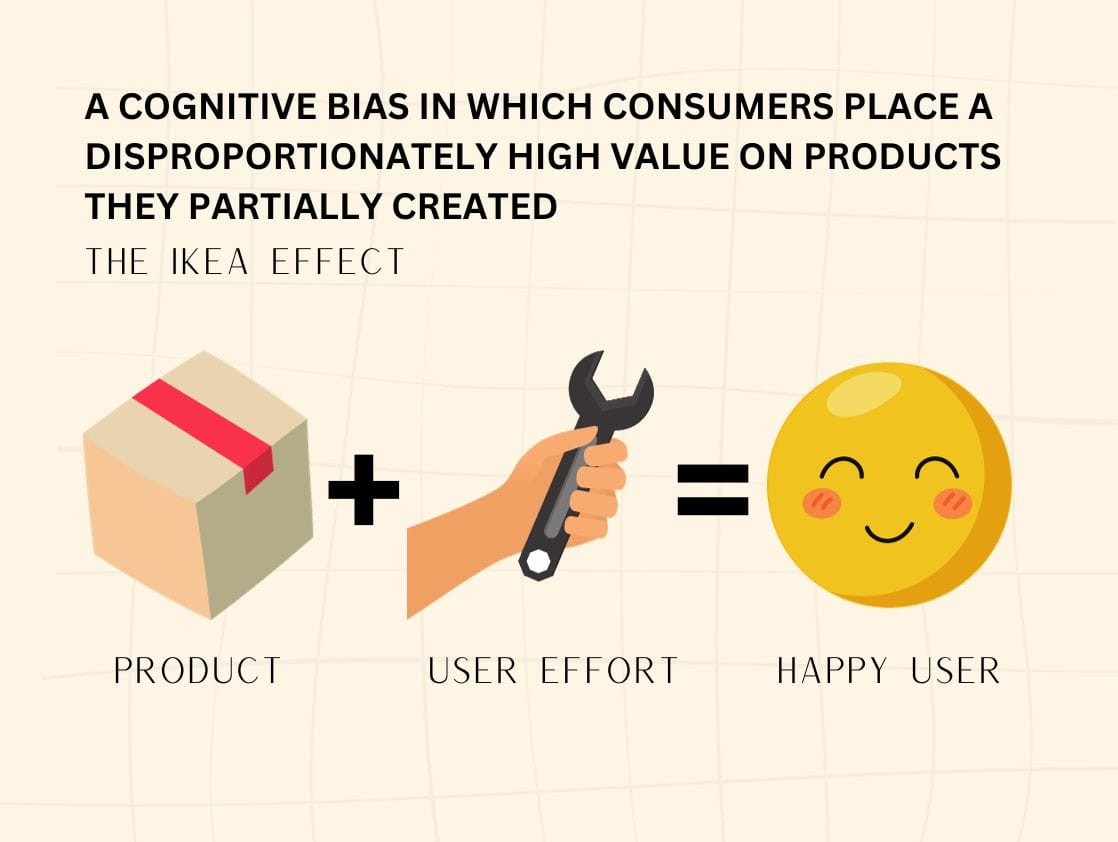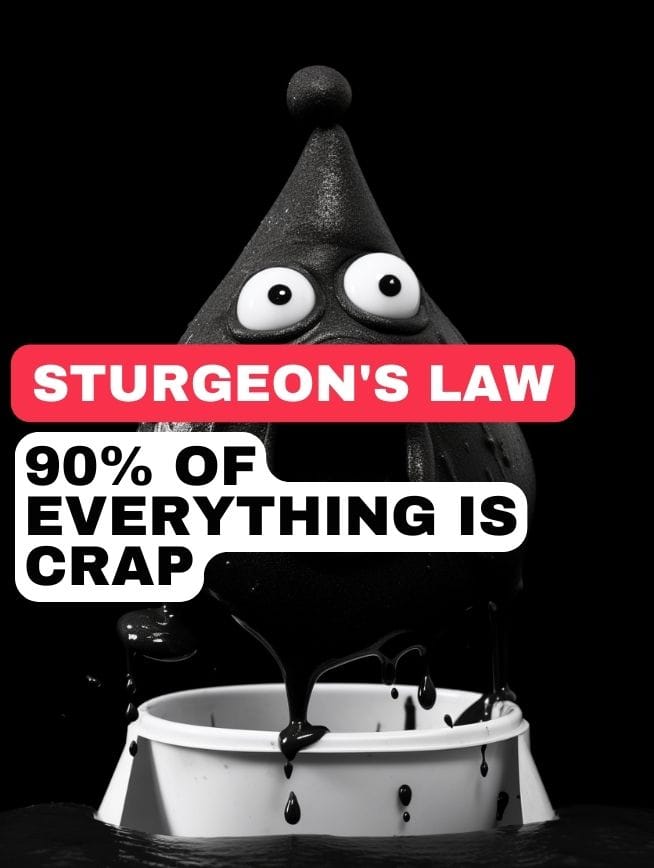The IKEA Effect: More Than Just Furniture Assembly
The 'IKEA effect' describes how personal involvement in creation increases the perceived value of an item, impacting various life aspects beyond just furniture assembly, from DIY projects to business strategies.

I’ve covered a lot of interesting 'phenomenon' on this blog; such as The Cathedral Effect, Sturgeons Law, The Green Pen Effect, etc and this week I have another.
This article explores how this effect extends beyond DIY furniture assembly, influencing our perception of value, effort, and satisfaction in various aspects of life.
Understanding the IKEA Effect
The term 'IKEA effect' was coined by researchers Michael I. Norton, Daniel Mochon, and Dan Ariely. It refers to the increased value people place on products they partially created. This effect is not just about building furniture; it's about the sense of accomplishment and personal investment that comes from direct involvement in the creation process.
Beyond Furniture: The IKEA Effect in Daily Life
The IKEA effect has implications far beyond the realm of DIY furniture. It can be observed in numerous scenarios where personal effort leads to an inflated sense of value and satisfaction. From home-cooked meals to self-assembled toys and DIY projects, when we invest our time and effort into creating something, we tend to value it more highly.
Businesses can leverage the IKEA effect to enhance customer engagement and satisfaction. By involving customers in the creation process of a product or service, companies can foster a deeper connection and a sense of ownership. This can range from customizable products to participatory marketing campaigns.

As a marketing professional, I was looking at this bias through the marketing-lens. The IKEA effect offers valuable insights for marketing strategies, as it highlights the increased value consumers place on products they help create or personalize. Here are five potential applications you may not have thought of:
- Customizable Products: Offering customizable options for products, where consumers can choose colors, components, or features, can increase perceived value and customer satisfaction. For example, customizing sneakers or personalizing phone cases.
- DIY Kits and Experiences: Marketing products as DIY kits, like home furniture assembly or cooking meal kits, can appeal to a customers desire to be involved in the creation process. Rory Sutherland has a nice example of this with 'just add an egg'. (see video below)
- Customer Participation in Product Development: Inviting customers to contribute ideas or feedback during product development can increase their attachment to the product and brand. This could involve social media campaigns, customer surveys, or beta testing groups.
- Interactive Marketing Campaigns: Implementing interactive campaigns where customers can participate in shaping the campaign or its outcome. This could be through contests, social media challenges, or collaborative online platforms.
- Loyalty Programs with Personalization: Developing loyalty programs that offer personalized rewards or experiences can increase the perceived value of the program, as customers feel more involved in the reward process.
The Downside: When Effort Leads to Bias
However, the IKEA effect is not without its pitfalls. It can lead to a bias where individuals overvalue their creations, regardless of the outcome's quality. This can be problematic in professional settings where objective evaluation is crucial.
Conclusion
Embracing the IKEA effect can be a tool for encouraging creativity and enhancing the perception of value in everyday life. It reminds us that the journey of creation can be as rewarding as the end product.
The IKEA effect is a testament to the power of personal effort and involvement. Whether assembling furniture, cooking a meal, or embarking on a DIY project, the value we derive from these activities goes beyond the material. It's about the satisfaction, pride, and sense of accomplishment that comes from creating something with our own hands.
In a new year where I hope to create more than I consume - I hope this bias adds a bit of joy to the experience!
T3B



